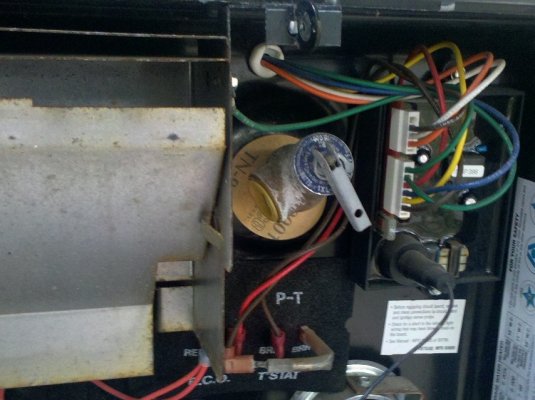Bobtop46
Well-known member
I have a 6 gal Atwood water heater that works great. The problem that I am having is that it has developed a leak. It is leaking from the yellow plastic plug near the center and top (picture.) Here is the strange part it only leaks when the water heater is turned on (i.e. heating) With the heater off I can run cold water through the hot side of my faucets with no dripping. If I put on the electic or gas heat when the heater gets to temp the plug starts leaking. From my experience and without consulting the manual this looks like a relief valve of some kind. I use a water pressure regulator and an outside water filter.
Is this as simple as pulling out the old plug and installing a new one??? Thanks for the help
Is this as simple as pulling out the old plug and installing a new one??? Thanks for the help

